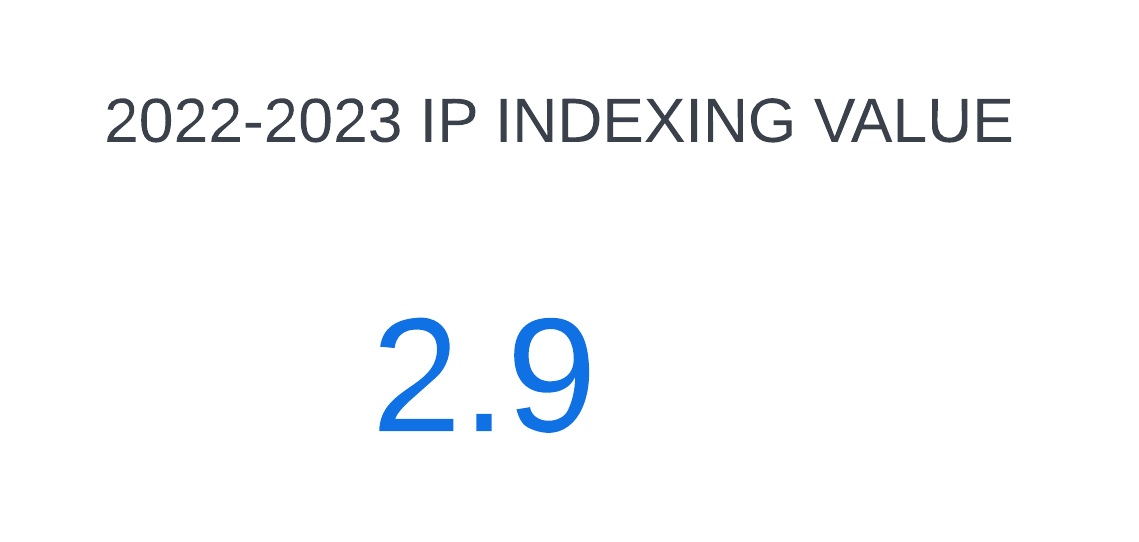IoT Forensic Cyber Activities Detection and Prevention with Automated Machine Learning Model
DOI:
https://doi.org/10.69996/jsihs.2024006Keywords:
IoT Forensic, Hadoop Distributed File System (HDFS), Smart Contracts, MapReduce, Machine Learning, EthereumAbstract
The Internet of Things (IoT) has been deployed in a vast range of applications with exponential increases in data size and complexity. Existing forensic techniques are not effective for the accuracy and detection rate of security issues in IoT forensics. Cyber forensic comprises huge volume constraints that are processing huge volumes of data in the Information and Communication Technology (ICT) comprised of IoT devices and platforms. Trust blockchain is effective technology those are utilized to assess the tamper-proof records in all transaction in the IoT environment. With the implementation of trust blockchain the record and transaction are processed with a distributed ledger that is managed by the network nodes. The challenge associated with the trust blockchain in IoT forensics is cost and security. To achieve significant cost-effectiveness organizations, need to evaluate the risks and benefits associated with IoT forensics in the trust blockchain technology. In this paper, developed a Block Chain Enabled Cyber-Physical system with distributed storage. The developed Blockchain model is termed as Integrated Hadoop Blockchain Forensic Machin Learning (IHBF-ML). The IHBF-ML model uses the Hadoop Distributed File System (HDFS) with cyberspace to improve security. Within the IHBF-ML model, IoT data communication is established with the smart contract. The smart contract-based blockchain process uses the Machine Learning model integrated with Cat Boost classification model for anomaly detection. Cost in IoT forensic is minimized with the parallel processing of the data through MapReduce Framework for the traffic translation, extraction, and analysis of the dynamic feature traffic from the IoT environment. The experimental analysis stated that constructed IHBF-ML model reduces the cost by ~25% than the other conventional blockchain Ethereum and EOS.
References
[1] S.Kapoor and S. Sharma, “An overview of network and computer forensics,” International Journal of Engineering and Advanced Technology, vol.9, no.4, pp.1358-1364, 2022.
[2] S. Venkatramulu, Md. Sharfuddin Waseem, Arshiya Taneem, Sri Yashaswini Thoutam, Snigdha Apuri and Nachiketh, “Research on SQL Injection Attacks using Word Embedding Techniques and Machine Learning,” Journal of Sensors, IoT & Health Sciences (JSIHS,ISSN: 2584-2560), 2(1), 55- 64, 2024.
[3] P.Chavan, “Digital forensics: An overview,” International Journal of Computer Science and Mobile Computing, vol.10, no.4, pp.20-29, 2021.
[4] Sreedhhar Bhukya, K. VinayKumar and N.C. Santosh, “A Novel Dynamic Novel Growth model for Mobile Social Networks,” Journal of Computer Allied Intelligence, vol.2, no.1, pp.46-53, 2024.
[5] A.Asghar, M.Imran and N. Ahmad, “IoT forensics: A survey on challenges, techniques, and future directions,” IEEE Communications Surveys & Tutorials, vol.22, no.2, pp.1361-1382, 2020.
[6] L.Zhang, X.Zhu and X. Dong, “IoT forensics: Issues, challenges, and opportunities,” IEEE Internet of Things Journal, vol.8, no.1, pp.447-463, 2021.
[7] M. A.Siddique, A. Alamri, G. Fortino and K. K. R. Choo, “A comprehensive review of Internet of Things (IoT) forensics,” Computers & Security, vol.107, pp.102283, 2021.
[8] X.Li, X. Chen and Q. Li, “IoT forensics: Challenges and future research directions,” IEEE Internet of Things Journal, vol.8, no.7, pp.5736-5753, 2021.
[9] S. S.Ahamed and S.A. Alshehri, “IoT forensics and trust blockchain: A comprehensive review,” IEEE Access, vol.9, pp.122443-122466, 2021.
[10] F.Xue and S.Wang, “A review of IoT forensics and trust blockchain,” International Journal of Distributed Sensor Networks, vol.17, no.8, pp.15501477211028961, 2021.
[11] K.Bilal, I.Yaqoob, M.A.Khan, N.Javaid and A.Almogren et al., “Blockchain-enabled IoT forensics: Opportunities, challenges, and future directions,” IEEE Communications Magazine, vol.59, no.8, pp.66-72, 2021.
[12] J.Kim, “IoT forensics: Emerging trends, challenges, and opportunities,” Computer Communications, vol.170, pp.240-255, 2021.
[13] T. W.Liao, C.M.Chen and Y.S. Chiu, “Forensic investigation for android messaging app on nonrooted devices,” Computers & Security, vol.94, pp.101879, 2020.
[14] K.K.Mak and Y. Zhu, “Smart contract based blockchain for IoT forensics,” IEEE Internet of Things Journal, vol.7, no.4, pp.2943-2954, 2020.
[15] D.Moloney, S.Sezer and I. Muttik, “The evolution of IoT and its impact on digital forensics,” Digital Investigation, vol.37, pp.101-109, 2021.
[16] L.Mottola and G.P. Picco, “The case for IoT middleware for trustworthy IoT systems,” IEEE Internet of Things Journal, vol.8, no.2, pp.928-935, 2021.
Downloads
Published
Issue
Section
License
Copyright (c) 2024 Journal of Sensors, IoT & Health Sciences (JSIHS,ISSN: 2584-2560)

This work is licensed under a Creative Commons Attribution-NonCommercial 4.0 International License.
Fringe Global Scientific Press publishes all the papers under a Creative Commons Attribution-Non-Commercial 4.0 International (CC BY-NC 4.0) (https://creativecommons.org/licenses/by-nc/4.0/) license. Authors have the liberty to replicate and distribute their work. Authors have the ability to use either the whole or a portion of their piece in compilations or other publications that include their own work. Please see the licensing terms for more information on reusing the work.


